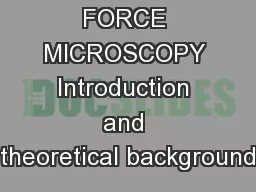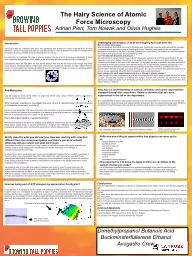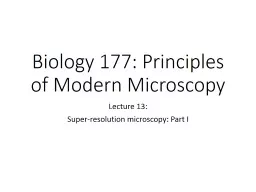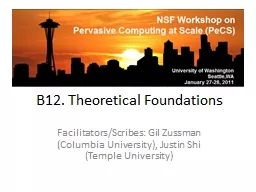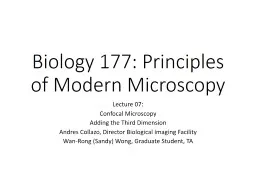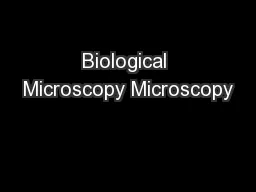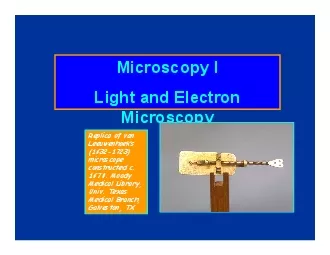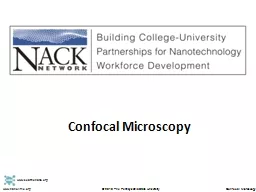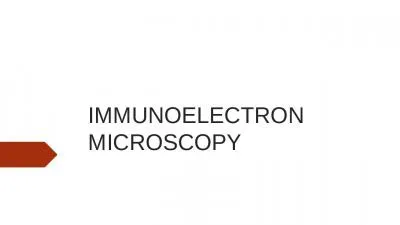PPT-ATOMIC FORCE MICROSCOPY Introduction and theoretical background
Author : mitsue-stanley | Published Date : 2018-09-22
Jenny Malmstrom AFM invented by Binning and coworkers in 1986 Belongs to the Scanning Probe Microscopy family Binning et al Physics Review Letters 1986 AFM invented
Presentation Embed Code
Download Presentation
Download Presentation The PPT/PDF document "ATOMIC FORCE MICROSCOPY Introduction and..." is the property of its rightful owner. Permission is granted to download and print the materials on this website for personal, non-commercial use only, and to display it on your personal computer provided you do not modify the materials and that you retain all copyright notices contained in the materials. By downloading content from our website, you accept the terms of this agreement.
ATOMIC FORCE MICROSCOPY Introduction and theoretical background: Transcript
Download Rules Of Document
"ATOMIC FORCE MICROSCOPY Introduction and theoretical background"The content belongs to its owner. You may download and print it for personal use, without modification, and keep all copyright notices. By downloading, you agree to these terms.
Related Documents

